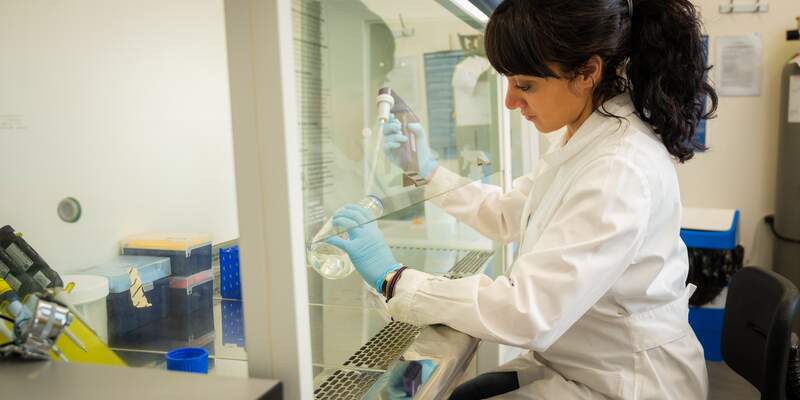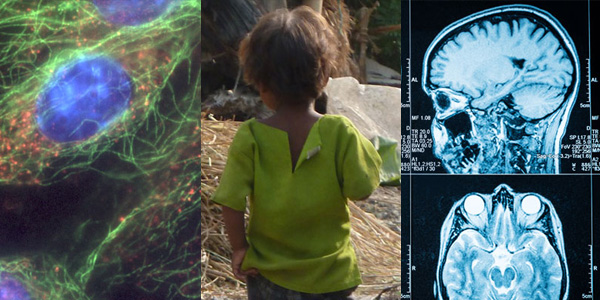
Work with us
Examples of our engagement with industry
- Professor Jeremy Mottram works with the Novartis Institute of Tropical Diseases to identify novel chemical entities that may be developed into treatment for leishmaniasis (Khare, Nature 2016) and human African trypanosomiasis (Saldivia, Nature Microbiology 2020).
- Contact: jeremy.mottram@york.ac.uk
- Contact: jeremy.mottram@york.ac.uk
- Professor Jennifer Southgate and her team in the Jack Birch Unit for Molecular Carcinogenesis have a functionally-differentiated human urothelial tissue platform (bladder and ureter) available through Kystis for collaborative and contract research partnerships. Potential applications include urinary tract infections and drug toxicity.
- Contact: info@kystis.com
- Contact: info@kystis.com
- Professor Ian Hitchcock is working with Incyte to elucidate novel mechanisms in myeloproliferative neoplasm development in order to develop more targeted therapies.
- Contact: ian.hitchcock@york.ac.uk
- Contact: ian.hitchcock@york.ac.uk
- Professor Steve Johnson and Professor Thomas Krauss work with Aptamer Group to identify and characterise novel Optimer binding agents that can easily be integrated into low-cost and handheld diagnostic devices (Kenaan, Biosense. Bioelect. 2020)
- Professor Neil Hunt collaborates with UCB on the development of novel high throughput screening methods based on 2D-IR spectroscopy for use in drug design applications.
- Contact: neil.hunt@york.ac.uk

The York Biomedical Research Institute offered me a unique combination of cellular and molecular tools to underpin the development of a novel system for studying HIF biology. Collaborating with established experts in the field of haematological malignancies - Professor Ian Hitchcock and Dr David Kent - facilitated my transition from solid cancers to blood cancers, and created a research niche within which to address these fundamental biological questions.
Dr Katherine Bridge, Kay Kendall Leukaemia Fund Intermediate Research Fellow, Biology
Our research
Our research spans three main research themes:
and two cross-cutting themes:

